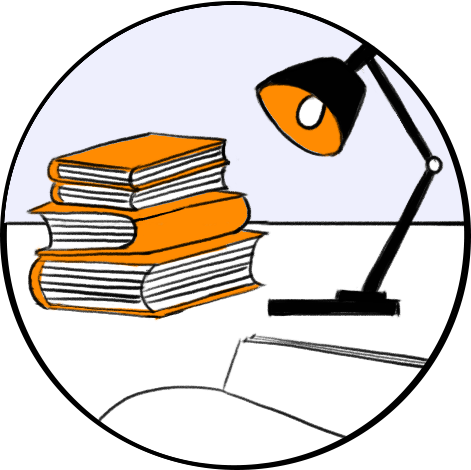- Español
- Euskara
- English
- Français
The purpose of this paper is to analyze the special exhibition ‘Arirang’, theexhibition of the intangible cultural heritage collaborated with sourcecommunity, in the National Folk Museum of Korea and to take a look at themeaning of it. The reason I see the exhibition of intangible cultural heritagefrom the aspect of source community is related to its attribute. Unlike thetangible cultural heritage, the inheritors are considered as the most importantcomponent so that and they play a key role in it. Thus in the exhibition ofintangible cultural heritage it is indispensable to collaborate with the sourcecommunity putting an emphasis on their roles. It makes clear that if peopleare excluded in the exhibition, intangible cultural heritage as a living culturewould be fossilized in the museum’s exhibition room.I consider inheritors have a big voice and advocate strongly their situationand position through the exhibition taken part in by the inheritors of intangiblecultural heritage, named as source community, but sometimes they might havea conflict with the exhibition planners. Instead of the positive results of the exhibition collaborated with source community such as minimization of thepower and authority of curators and achievement of the democratization, it islikely to produce the new power structure. And it can also follow harmful effectthat the exhibition planners just use source community as a tool to conveyaggressively their intention for the exhibition. In the original exhibition, peoplerearrange the relics of the past as one pleases but nowadays there is underthe circumstance of exhibition collaborated with source community. So it isa natural step that this kind of problem occurTo solve the problems which could occur, in the Arirang special exhibitionthe decision of the list and method of performance were entrusted to the sourcecommunity in order to reduce mutual conflicts happening in advance. It isnecessary to negotiate with each other in order to narrow the gap between thegroup displayed in the exhibition, source community, and the exhibitionplanners. We can find out the clue of the solution with having enough timeto understand each other by the participant observation over source community,continued interview, establishment of rapport. In the end, the success of theintangible cultural heritage exhibition collaborated with source communityrelies on how well to strengthen the relationship.




